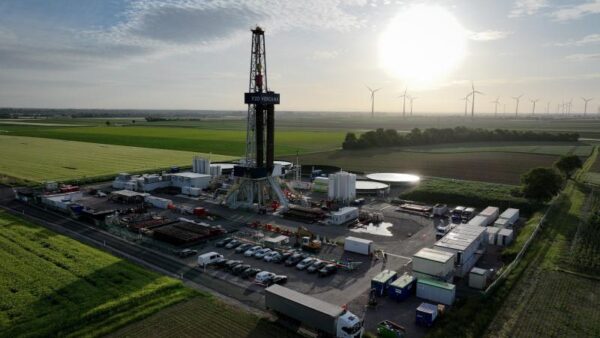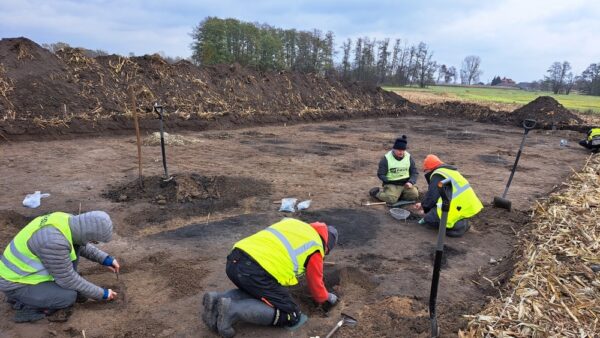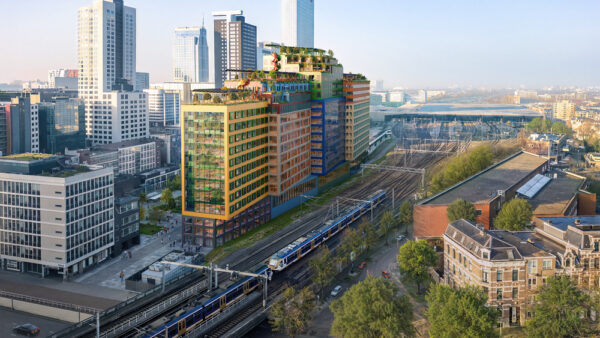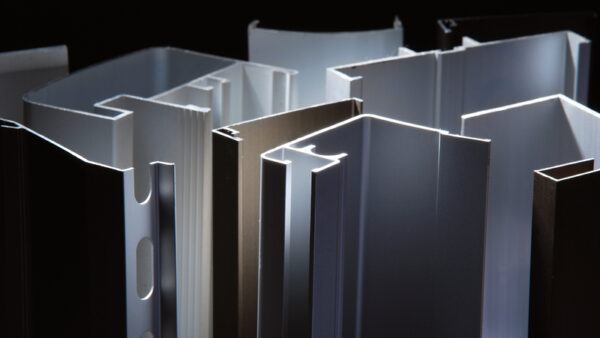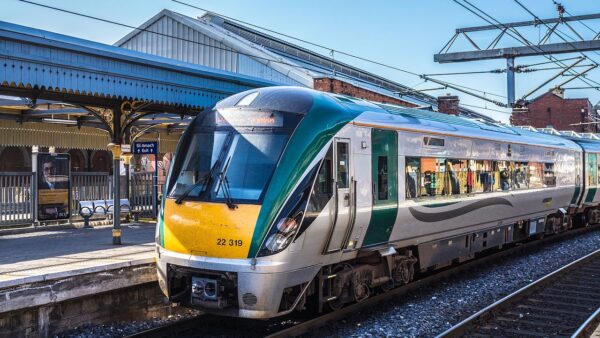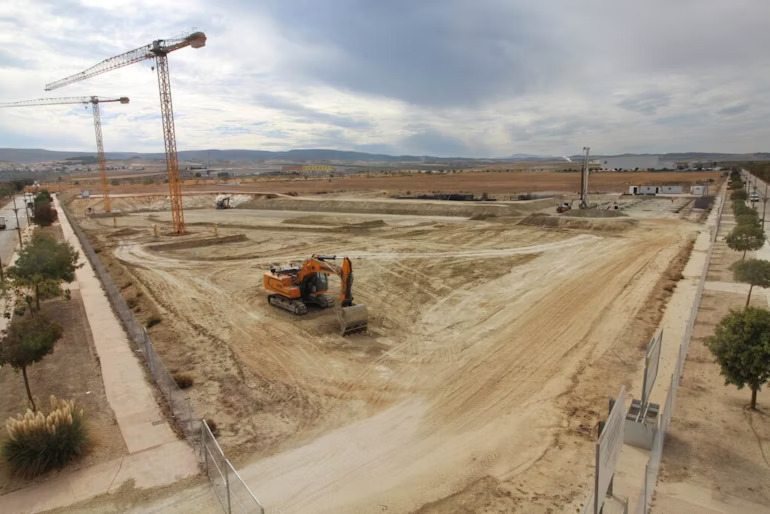
The European Commission has approved an investment of €202m for a particle accelerator in the Grenada region of southern Spain, around a quarter of the expected total construction cost.
The Fusion Materials Irradiation Facility (IFMIF-DONES) will be built in the town of Escúzar and is part of European plans to develop fusion energy.
The accelerator will be used to test materials for use in future fusion power plants. As well as the €20bn International Thermonuclear Experimental Reactor (Iter) fusion project in the south of France, the EU is planning a pilot plant that will put into practice what is discovered at Iter, although it is not expected to be complete before 2040.
IFMIF-DONES will fire an intense beam of neutrons at test material to simulate the intense heat and radiation generated by a fusion reaction. The heat generated can in a tokamak torus can be as high as 150 million degrees centigrade, ten times hotter than the core of the sun.
Marc Lachaise, director of the EU’s Fusion for Energy (F4E), which is overseeing the scheme, said: “The approval of the European contribution to IFMIF-DONES sends a clear message: Europe is committed to making fusion energy a reality and aspires to be a global leader in this field.”
He added: “IFMIF-DONES is now officially part of the European fusion roadmap. With this €202 million investment, we will engage European industry, SME and research centres through various contracts.
The commission’s contribution was approved during a meeting at F4E’s headquarters in Barcelona. It was conditional on Spain securing full funding for the construction of the facility.
Nuclear fusion is the process by which two hydrogen atoms combine to form a helium atom, releasing a vast amount of energy in the process.
Although there has been progress in research into fusion, a commercial reactor is not expected to be possible until after 2050 at the earliest. Among the problems yet to be overcome are plasma confinement, materials science and, crucially, the ability to generate more energy than is used to generate the reaction.
- Subscribe here to get stories about construction around the world in your inbox three times a week.
Further reading:

